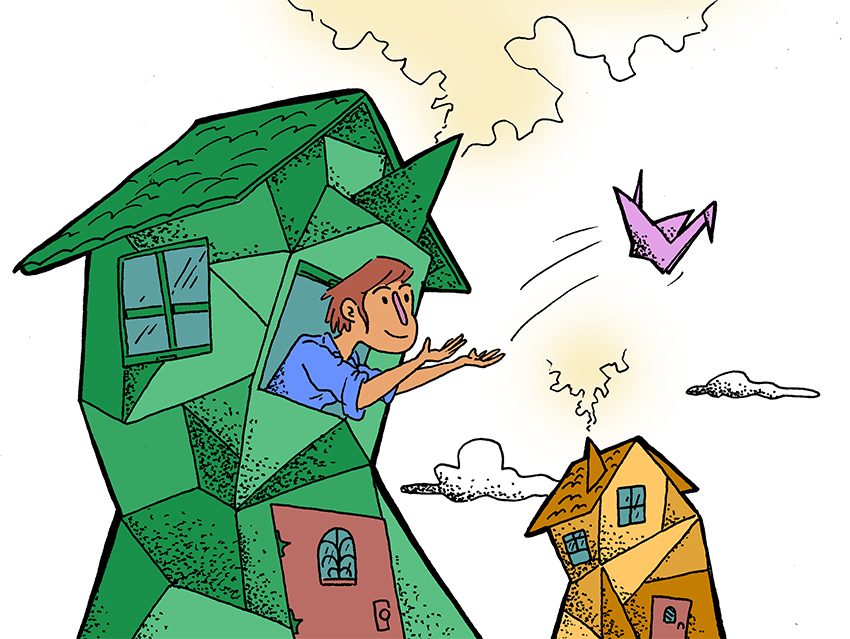Soon, students may be able to assemble their Ikea furniture by just adding water.
A UT researcher and his team developed an algorithm that can turn nearly any imagined object into reality. The team wanted to generalize and manipulate an origami-folding pattern, known as the Miura-ori, to easily form any shape.
Computer science assistant professor Etienne Vouga co-authored the study and helped develop an algorithm that the team used to explore the potential of specific types of folds. He said the algorithm may make it possible for consumers to make their own furniture and houses.
“This origami lets us look at shapes and represent these shapes in a way that allows things to compact and to morph,” Vouga said.
The Miura-ori is a form of rigid origami, which means it will unfold in one single motion. For example, maps are in the Miura-ori. Some insect wings and leaves are also arranged this way.
Scientists can use the fold as a building block to make almost any three-dimensional figure, from buildings to nanostructures. However, the researchers are currently only able to make simple shapes. This process takes time, and any little mistake in preparing and folding the paper causes it to tear.
“This used to take about a day to do,” Vouga said. “It requires a bit of patience and skill to be able to pre-crease everything correctly and not make any mistakes, because otherwise the paper will tear, … but now it takes a few hours.
Vouga’s next focus is finding a way to get the materials to fold and expand with heat, cold and water. He said that paper will swell and bend strategically as scientists draw lines of water on it. This could potentially lead to consumers’ ability to “grow” their own furniture by just adding water.
If a scientist had the ability to print a flat sheet made out of two types of plastics on a 3-D printer, each plastic would have different properties — one would swell at a certain temperature, and the other would not. The scientist could add heat to the sheet and cause the plastics to form a complicated three-dimensional shape, according to Vouga.
“That would let you … manufacture something flat and just add water or just add heat and it pops into 3-D,” Vouga said.















